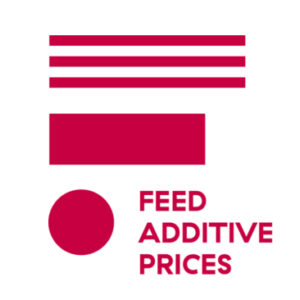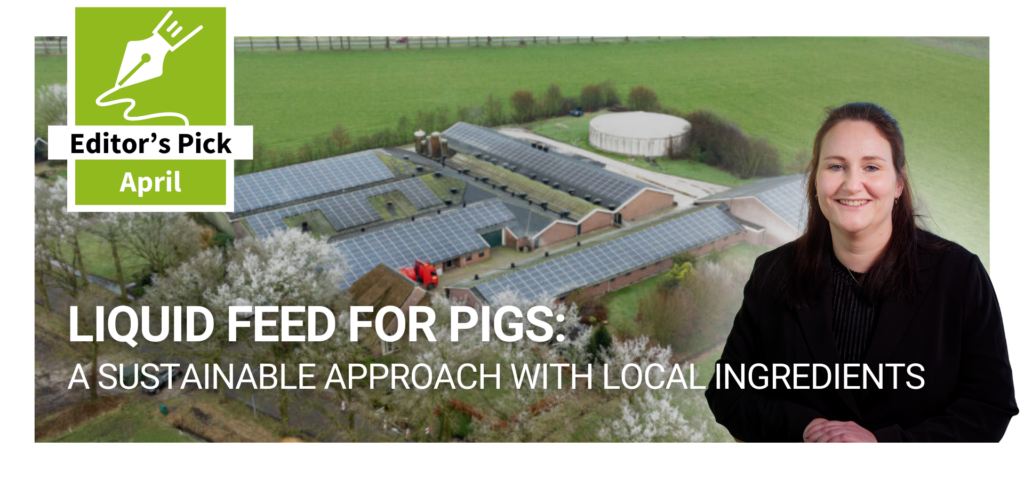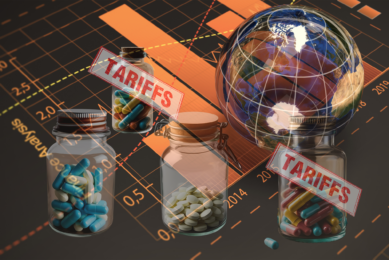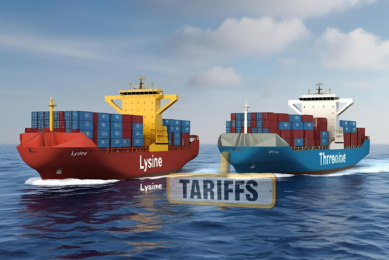Amino acids markets: Threonine prices weakening, but lysine sulphate firming

The threonine market is currently experiencing a downward trend as suppliers fight for market share in the face of excess inventory and limited new demand for the second quarter, resulting in generally weak prices across most regions. Learn more in this week’s feed additive snapshot (week 8).
In partnership with Feed Additive Prices
Lysine
FOB China prices were slightly weaker last week and also other regions have shown some price decline in lysine hcl powder. Right now, on average, lysine sulphate and lysine liquid are more popular, and that is leading to some oversupply for lysine hcl powder. In Europe, new anti-dumping duties have pushed prices up initially, while the market has been calm and recently slightly weaker again. In the USA, lysine prices are stable, with Q1 contracts secured and a portion of Q2 confirmed.
Threonine
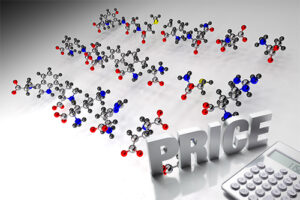
A significant price decline has been seen since last week in several regions. The threonine market is currently experiencing a downward trend as suppliers fight for market share in the face of excess inventory and limited new demand for the second quarter, resulting in generally weak prices across most regions. Additionally, container prices have also declined across various trade lanes. The first quarter is almost fully contracted while the second quarter contracts remain largely open.
DL-Methionine
Most suppliers remain very bullish on methionine and have announced several price increases lately, for both powder and liquid product. So far that has only led to a halt in a price decline, but it has not led to actual significant price increases. Q1 contracts are secured, extending only partially into Q2.
Tryptophan
Prices have stabilised in most regions and for example in Europe, the market has even shown a slight price decline. Prices in China have softened slightly last few weeks and only limited transactions are reported. Most first-quarter contracts are secured, and some buyers have already secured a portion of Q2 when prices were a bit firmer earlier this year.
Valine
The valine market has transitioned to a more stable phase following a period of firmer pricing. In the United States, prices remain steady thanks to ample local supply. Meanwhile, in China, FOB prices have shown stability over the past few weeks. Europe was recently facing price increases and limited availability, driven by an anti-dumping investigation into Chinese valine, which has contributed to a slowdown in imports. But the EU market has stabilized now as well. Q1 and a big part of Q2 have been contracted.


